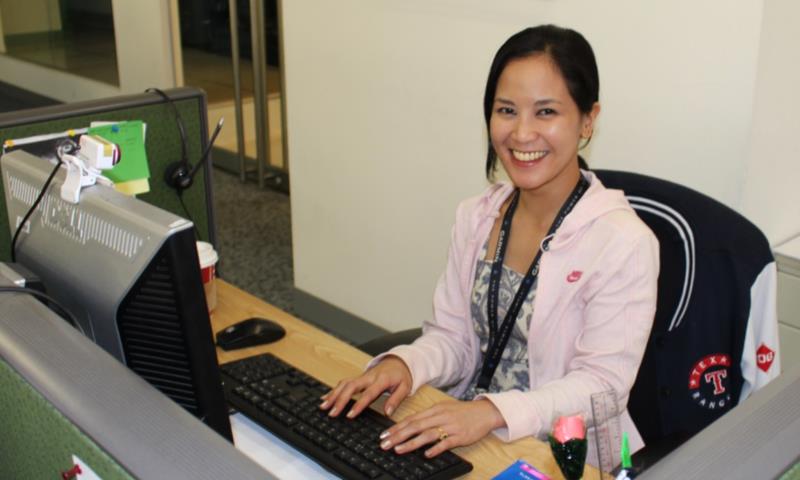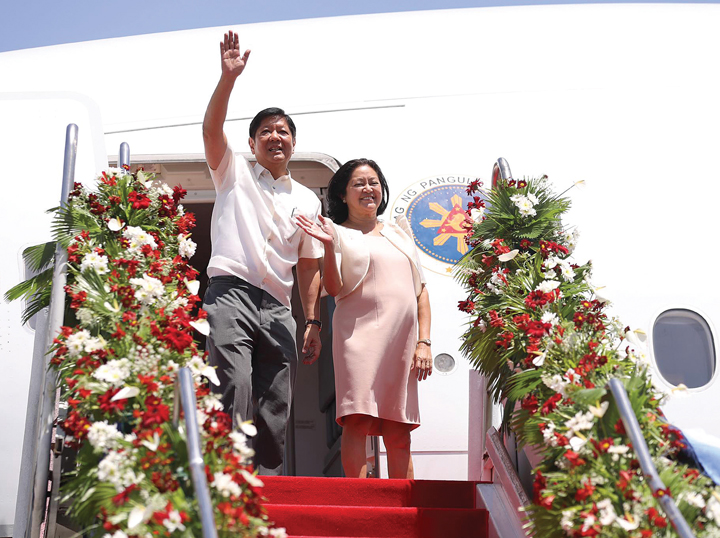DAVAO CITY – Some towns in the central Mindanao provinces of Lanao del Sur and Maguindanao have started to adapt satellite-aided geographical information system (GIS) maps to plot hotspots of the corona virus disease 2019 (Covid-19) and other vital information on hazard and conflict.
The Philippine office of London-based International Alert said local chief executives in Lanao del Sur and Maguindanao “are using thematic overlay maps as graphic evidence of the links between Covid-19 hotspots, geophysical hazard areas, and violent conflicts.”
The maps show the spatial features of provincial, municipal, and barangay boundaries, road and river networks, geohazard vulnerabilities, and conflict flashpoints, the International Alert said. “Places where Covid-19 cases emerge, or are concentrated, can then be superimposed into these maps, enabling local governments to respond more effectively and quickly to areas and communities where virus infections, local vulnerabilities, and violent tensions and pressures converge.”
“Availability and access to these cutting-edge maps is so opportune in the light of the current public health crisis brought about by the Covid-19 pandemic,” the group said.
It said the only interagency task force using these advanced maps in the entire Bangsamoro region is the provincial government of Lanao del Sur and its municipal governments of Marantao, Piagapo, and Saguiaran, and the municipal governments of Parang, Barira, Buldon, and Matanog in the province of Maguindanao.
Najib Zacaria, Municipal Disaster Risk Reduction officer and operations chief of the Interagency Command Center of Marantao in Lanao del Sur said the physical maps with satellite imagery helped him and his team identify the persons under monitoring (PUMs) and investigation (PUIs), “visualize and plan out the deployment of basic commodities to the affected communities, and allow medical workers to continuously monitor their health condition.”
“The maps also ensured that we were covering all the communities in our outreach areas, thereby preventing complaints and disputes,” Zakaria said.
The International Alert also quoted May Quesada, Municipal Planning and Development Officer of Parang, Maguindanao, as saying that “the maps enabled Barangay Health Emergency Response Team (BHERT) to mark the barangays where the PUMs and PUIs are from and locate the nearest rural health units as possible isolation centers”.
The group said it helped produced the large format printed and digital maps.
Nikki de la Rosa, country manager of the International Alert Philippines said the maps were crafted from the outputs generated during a series of Resource Use and Management Planning (RUMP) workshops conducted in the said areas last year.
RUMP is a program that enables communities to employ GIS mapping technology in assessing local resources, surface land-related issues, and agree on utilization strategies informed by local conflict dynamics, the group added.
“The conflict maps included in the compendium provide information on conflict incidents and causes, whether these are violent extremist incidents, clan wars, illegal-drugs and illegal-weapons related, common crimes, or killings related to political contestation,” de la Rosa added.
Saripada Pacasum, Jr., head of the Early Response Network of Lanao del Sur (ERN LDS) disclosed that they were seeing tensions rise “because the virus has taken away the capacity of people to earn, deepening the hardship of people in Marawi who are already impoverished by war and displacement.”
“Credible data should be the backbone of any planning and monitoring activity. The maps will certainly help planners allocate limited human and funding resources well,” Pacasum said.
Image credits: https://www.lgu-parang.gov.ph/




































